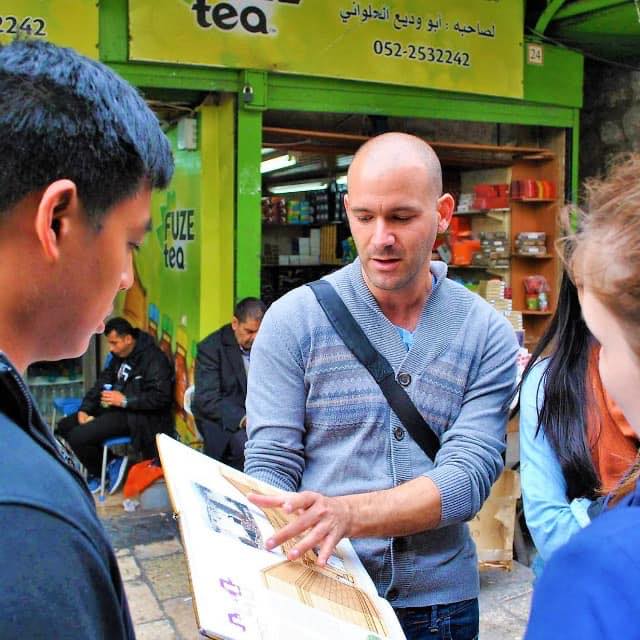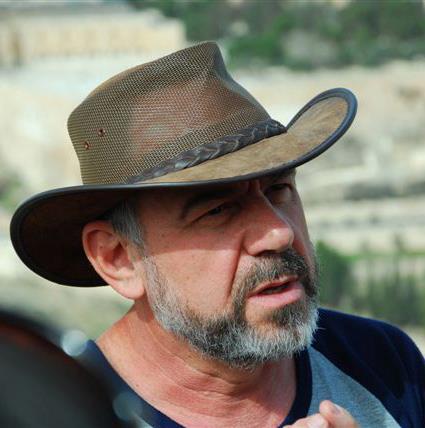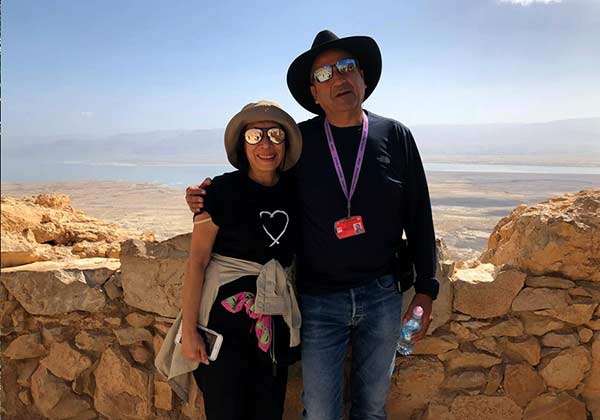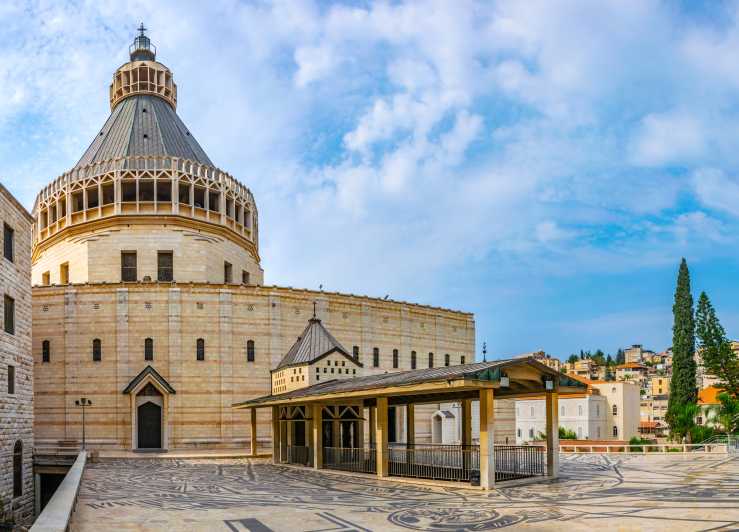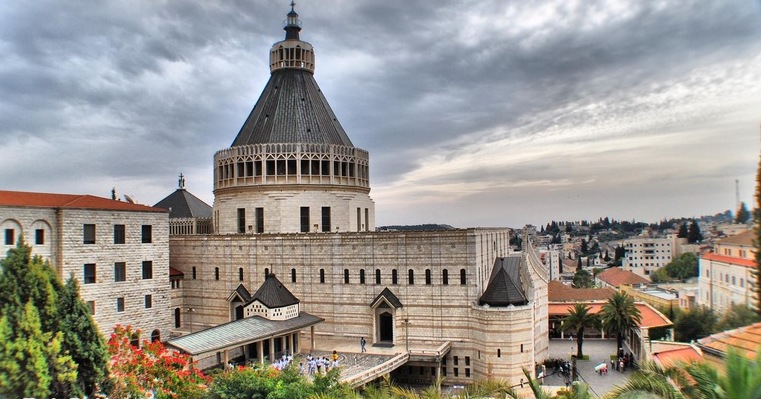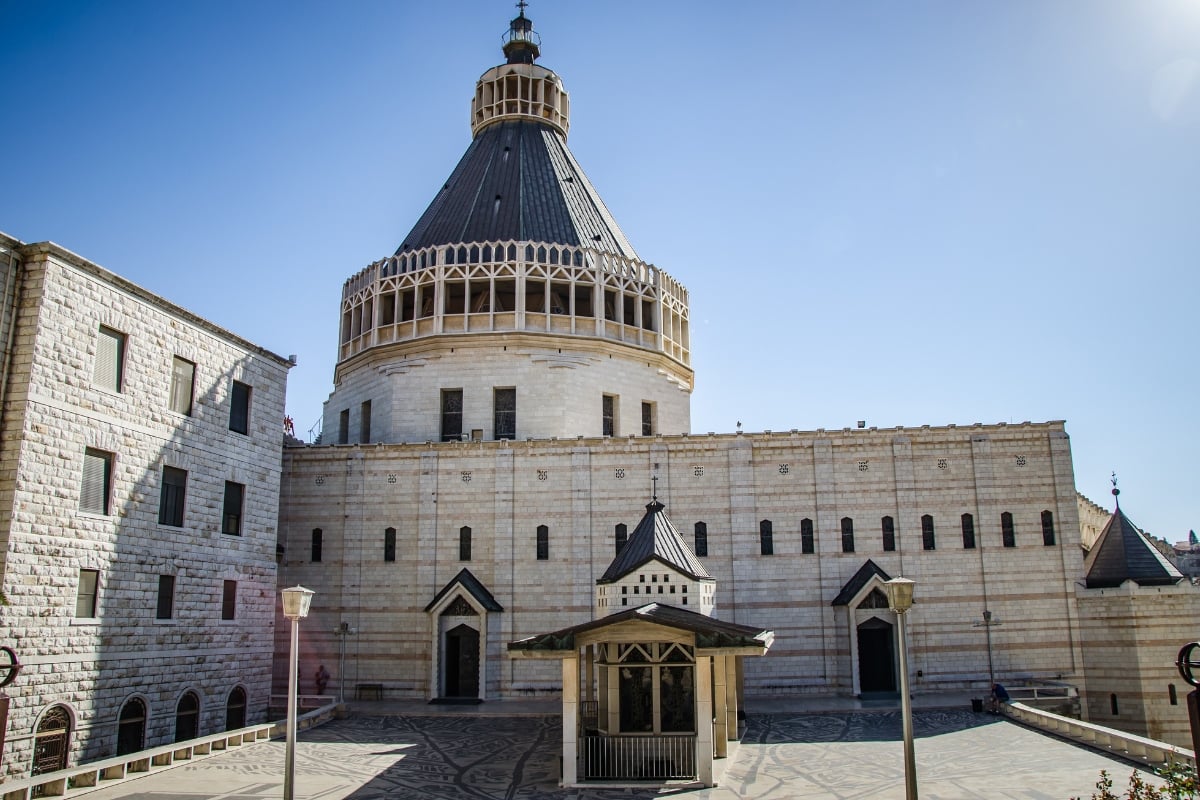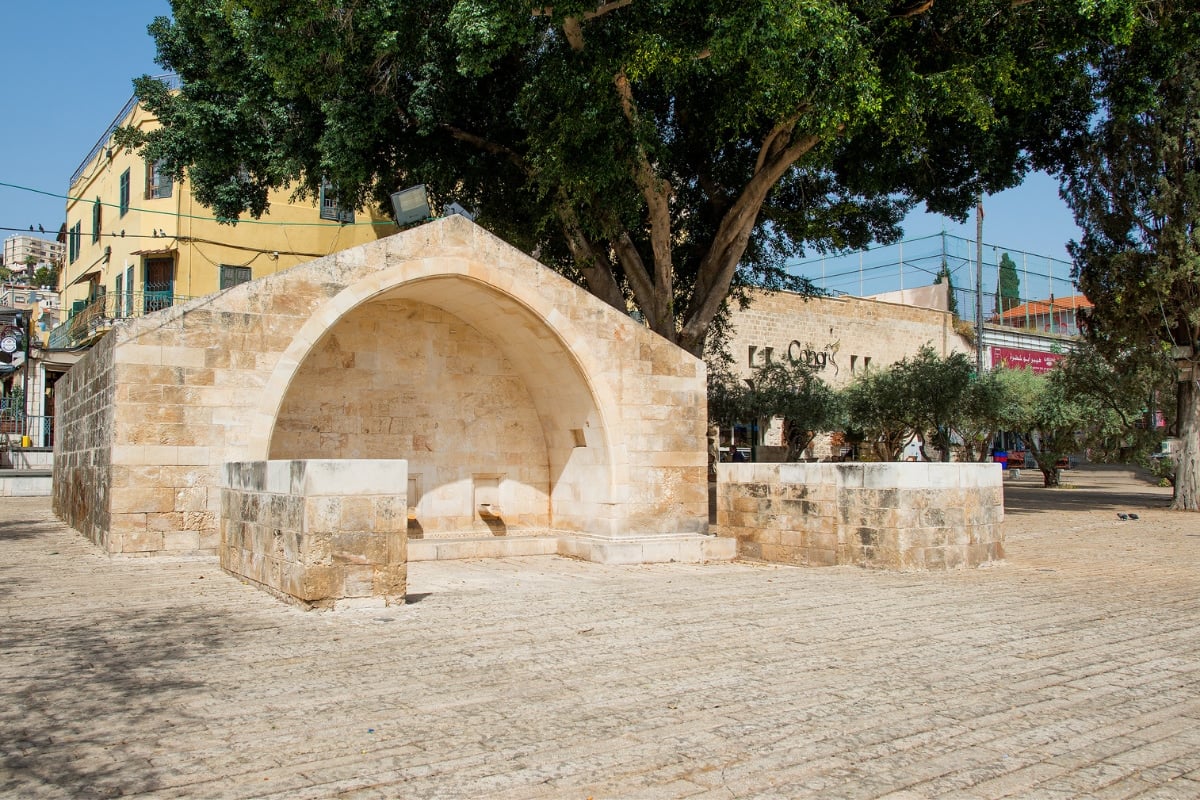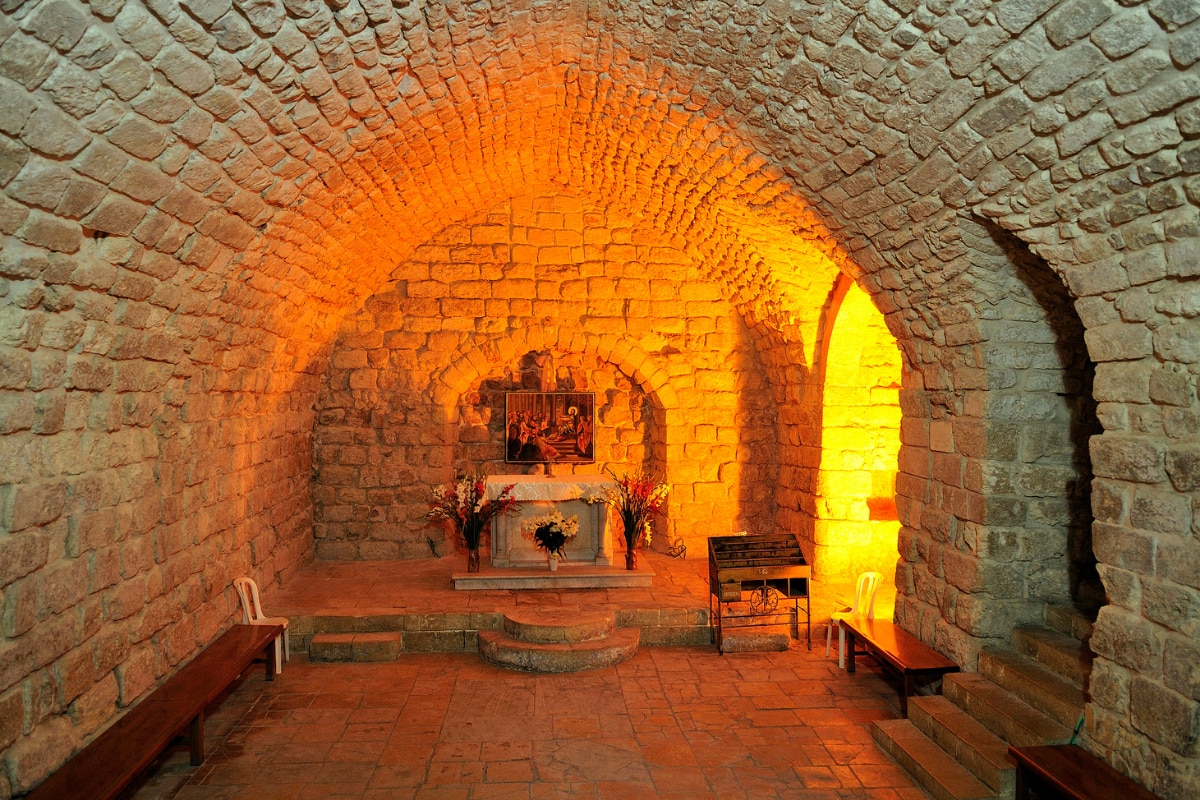Tishreen restaurant is located in the center of Nazareth, near the Church of the Annunciation and the Old City. The place was built in 1868 and served as a residence, which gives it a warm and homely atmosphere influenced by the unique design and the pleasant music played in the background.
Tashrin is the first Arab bistro restaurant, combining traditional Arab food with innovative and up-to-date touches. The restaurant is located on the hill in Upper Nazareth, and overlooks the mountains of the Lower Galilee and the city of Nazareth. The enchanting view is seen from the windows of the restaurant, and is a wonderful addition to the special Galilean atmosphere that prevails in the place.
The restaurant’s building has unique characteristics, with one of its walls built of stones dismantled from an ancient house in the city, which reminds everyone on the island about the rich heritage, which blends harmoniously with the innovative concept that the restaurant brings. Tashrin is happy to host families and tourists who come to the Nazareth area, and take care to serve all guests with a wide smile, and to respond quickly to any request and need. The place can hold special events for up to 150 people. Every visit to Tishrin Restaurant is a unique experience.

